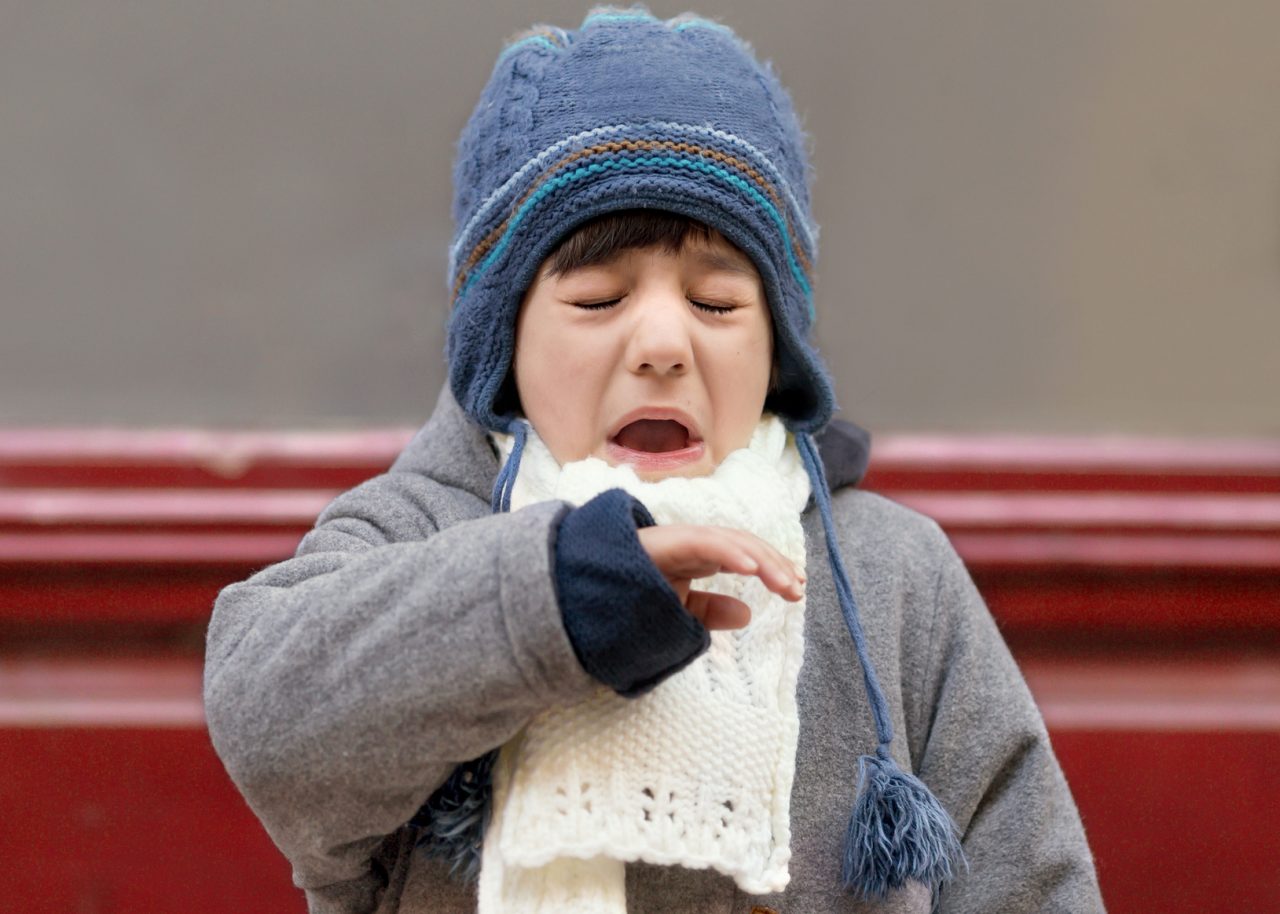Walking Pneumonia Symptoms

Walking pneumonia symptoms can feel like a cold, but you should rest if you also have a fever and chest pain. Here's what you should know about the symptoms.
You have pneumonia when an organism — a virus or bacteria — overgrows in the air sacs in one or both lungs and causes inflammation, an immune reaction. The sacs fill with fluid or pus, making you cough. You will typically have trouble breathing.
People sometimes get pneumonia in hospitals and other medical centers or when they need to be on a ventilator to support their breathing. Other kinds of viruses or bacteria spread when a sick person sneezes or coughs. Chickenpox and measles can build up in your lungs and cause pneumonia.
YOU MIGHT ALSO LIKE: How Do You Get Pneumonia?
The healthier you are, the more resistance you’ll have to infections. To protect yourself:
- Get a flu vaccine each year
- Donsider a vaccine for pneumococcal pneumonia
- Stay away from people who are coughing and sneezing
- Wash your hands frequently
- Get enough sleep and exercise
People with weakened immune systems, smokers, and people with asthma are at more risk. In babies, children, and seniors, pneumonia can be serious.
Walking pneumonia, or atypical pneumonia, is a mild lung infection usually caused by a bacterium, Mycoplasma pneumonia (MY-ko-plaz-ma noo-MOAN-yah.) It might take as long as a month for you to get sick after exposure. Schools, college dorms, military barracks, and nursing homes tend to have outbreaks.
Walking pneumonia symptoms include:
- Fatigue
- Fever and chills
- Pain when you breathe
- A dry cough that produces little mucus
Children younger than 5-years-old may wheeze and vomit or have diarrhea, even without a fever.
In an adult, walking pneumonia might appear to be a bad cold at first. You might be getting by with over-the-counter antihistamines and cough medicine. Be concerned if breathing is difficult or painful.
Even though you don’t need a hospital stay, walking pneumonia symptoms require medical care. Sometimes the cough can last for weeks or months, especially if you have asthma or other lung problems.
You’ll need lab tests or images of your lung for a definite diagnosis, which usually leads to a prescription for an antibiotic. In most cases, the antibiotic will help you feel better within three to five days, according to the American Lung Association. Try to rest and drink more fluids during those days.
More than two million infections occur each year in the United States, many never diagnosed. Cases of walking pneumonia peak every three to seven years and tend to be more common during summer and early fall.
If your chest hurts and you’re coughing during the winter, however, you could still have walking pneumonia symptoms and should talk to a doctor.
Updated:
September 29, 2023
Reviewed By:
Janet O’Dell, RN